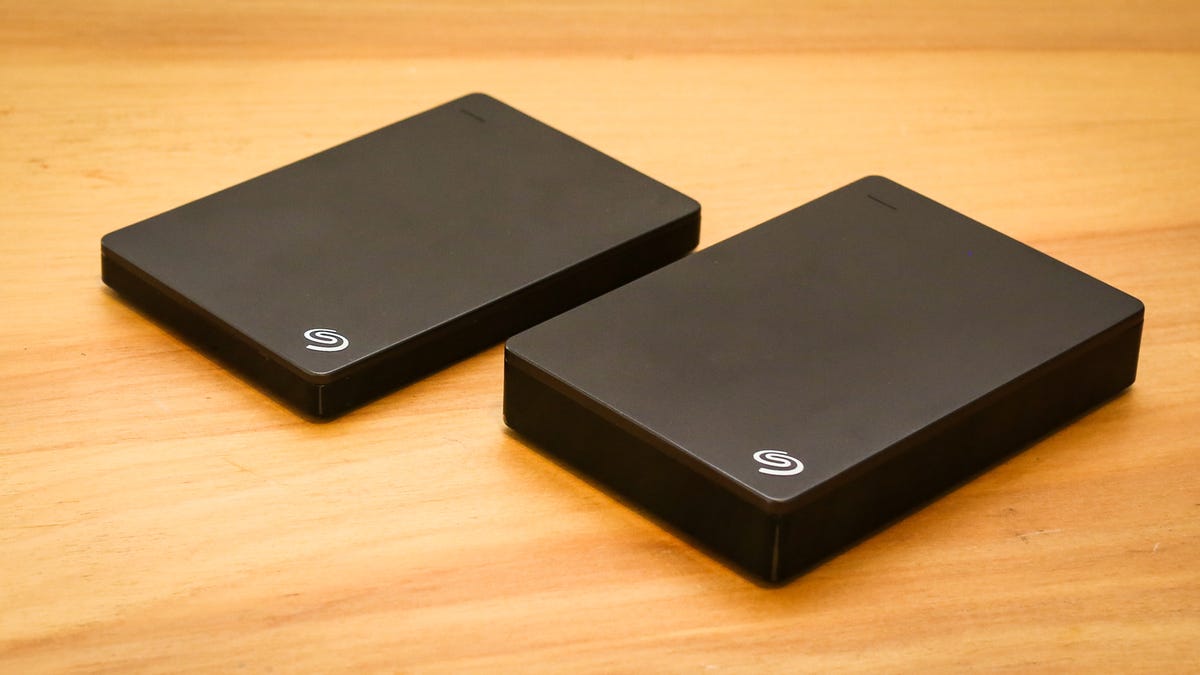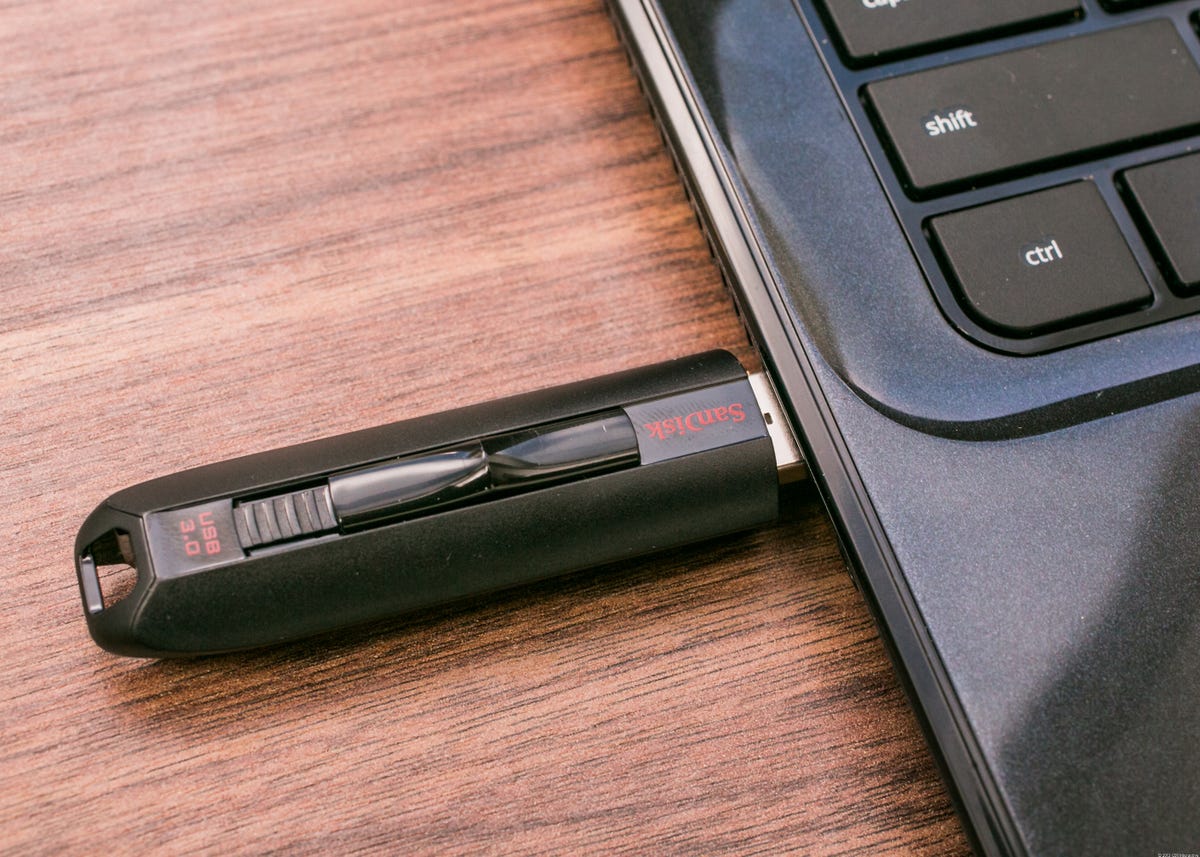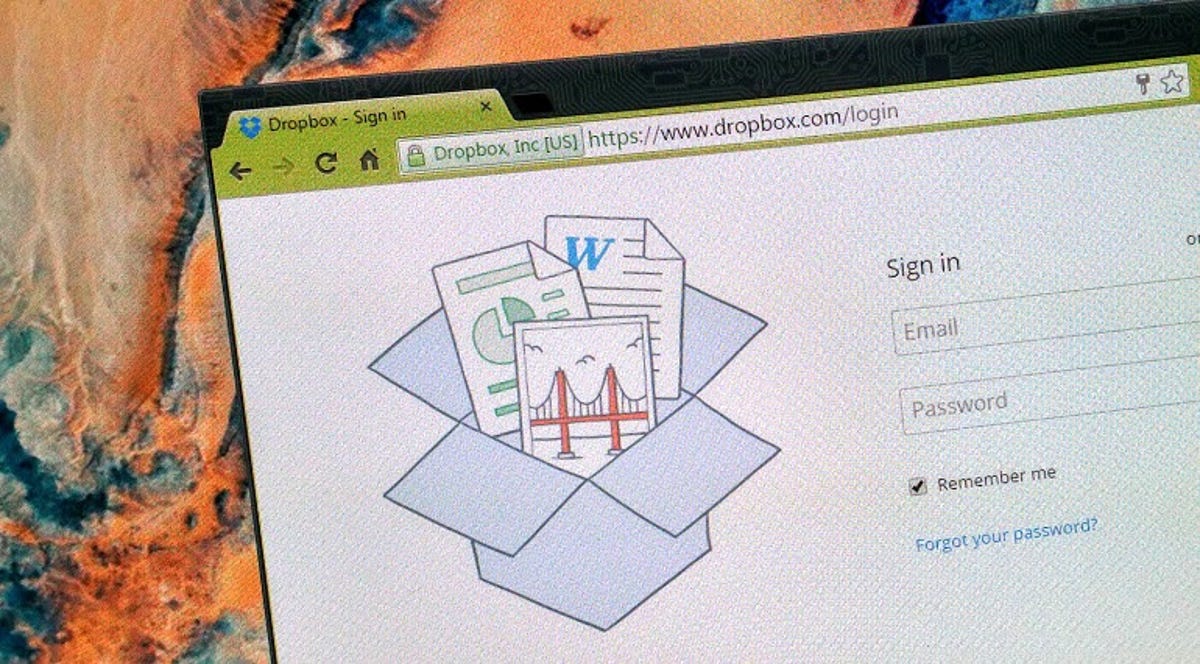

Now playing:
Watch this:
The easiest ways to back up your files
1:15
Creating a backup of your precious and important files is crucial. It minimizes the risk that you’ll lose your tax documents, baby’s pictures and school work in the event of theft, fire or hard drive failure.
Backing up files and photos isn’t hard, but with several different ways to go about it, it can be confusing to get started. This guide gives you the basics on the various choices you have to back up your files and the tips to make it easy.
Multiple backups: Why they’re important
Before diving into the ways to back up your files, I want to talk about multiple backups. The best way to ensure that you do not lose important documents and photos is to not rely solely on one backup method.
Make sure to store copies of files and photos on your computer and in two or more of the methods listed below. You can even keep copies on a secondary computer, if available. The more backups you have, the better, but two to three should be fine for most.
Get in the habit of backing up files on a regular basis, every week or month or whenever you get new important documents and pictures. Also, beware that physical storage solutions, like external hard drives and flash drives I outline below can break down over time. You’ll need to replace them after several years or so to ensure they don’t fail, destroying your files in the process.
For a deeper dive on this topic, check out CNET’s guide to digital storage.
 Enlarge Image
Enlarge ImageJosh Miller/CNET
Method No. 1: External hard drive
What is it?
An external hard drive is a hard disk drive just like the one inside your computer, where you can store any kind of file. Many are often small and portable, making them easy to stow away in a desk drawer or carry with you. Others are much larger and are designed to sit on your desk.
How does it work?
External drives connect to your computer to provide extra storage, usually with a USB cable. Once connected, which involves little more than plugging it in, you can drag and drop or copy files you want from your computer’s hard drive to the external drive. Once synced to the drive, those files will live safely away from your computer and offer protection in case your computer gets stolen or damaged.
Potential drawbacks?
Hard drives can fail at any time, for many different reasons. One day you may plug in your portable drive and it won’t work, which means you won’t be able to access the files you’ve stored on it. It’s rare for a newer hard drive to fail completely, and most drives can last years and years before needing to be replaced, but just keep in mind that failures can happen.
What should I buy?
External hard drives come in many sizes and storage capacities. If you only have a few files and photos to back up, a 500GB or 1TB drive, which will cost around $50-$100, will more than suffice. A 1TB drive can hold up to a few hundred thousand photos taken with an 8-megapixel camera (depending on file size), or several thousand documents. If you have more files than that to back up, look at 2TB and up models which start around $100.
Some external hard drives have a rugged, waterproof or fireproof case and they’re worth buying if you’re concerned about unforeseen circumstances damaging the drive.
Check out CNET’s recommendations for the best storage devices and best portable hard drives. Also make sure to read our guide on using external hard drives as a backup.

 Enlarge Image
Enlarge ImageSarah Tew/CNET
Method No. 2: Flash drive
What is it?
Flash drives (also called thumbdrives or jump drives) are tiny, highly portable drives, often no longer than a stick of gum. They come in a wide variety of designs, from simple sticks to novelty characters, and most can be attached to a keychain or lanyard. This method is very similar to the first one, but uses flash memory (a storage chip that can be erased and reused) instead.
How does it work?
A flash drive plugs into your computer through the USB port and once connected, you can copy or drag and drop files onto it. Once disconnected, those files will live on the flash drive until you remove them.
Potential drawbacks?
Flash drives can break down overtime, fail or become corrupted, rendering them useless. You won’t be able to access your files if any of these things happen. It’s unlikely that a newer flash drive will fail, but it can happen.
What should I buy?
Flash drives are smaller than external hard drives and thus offer less storage space. The biggest drives you can typically buy have 256GB of storage space, enough for a few thousand documents or photos, depending on file size. They are best suited for people with just a handful of files to backup and are especially great for students to backup schoolwork.
These drives range in price from a few dollars up to $100-plus, so pick a size and style of drive that you think will work for your storage needs and lifestyle.


Nicole Cozma/CNET
Method No. 3: Cloud storage
What is it?
Cloud storage is system where you move your files from your computer to a server in a data center, away from your home or work. A cloud storage company uses those servers to offer a certain amount of space that you essentially rent to store your files.
How does it work?
Once you sign up for a cloud storage service, you can upload files with a desktop application or through the company’s website over the Internet. With an Internet connection, you can view, modify and delete files stored in your cloud storage account at anytime, from any computer or mobile device. You can move files back onto your computer whenever you want.
Potential drawbacks?
Though cloud storage is a great backup option, there are a few risks. Cloud storage services can be and have been hacked, most recently in 2014 when a security breach of Apple’s iCloud service exposed several celebrity photos.
Another risk is if the cloud storage company goes out of business and shuts down operations, which happened with smaller cloud storage service Firedrive. If this happens, you won’t be able to access any of the files you’ve stored in your account.
Other drawbacks include files taking a long time to upload to your cloud folder, which can eat up your Internet bandwidth and slow down your connection temporarily. Additionally, without an Internet connection, you might not be able to access any files stored in your account.
What should I buy?
Cloud storage is inexpensive, with many companies giving you small amounts of free storage. For a monthly fee, starting around $10, you can get extra space. Cloud storage is a great choice for anyone who wants to back up photos, since many companies have mobile apps that automatically upload photos and video you take with a phone or tablet, right after you record them.
For help picking a cloud storage service, check out CNET’s comprehensive guide to the most popular choices.
.jpg?auto=webp&width=1200)
.jpg?auto=webp&width=1200)
Dong Ngo/CNET
Extra credit
The different storage methods mentioned above are great for anyone, since they are easy to use and usually inexpensive. But if you need a more advanced option, there’s the complete backup and network attached storage (NAS).
Programs such as CrashPlan and Carbonite continuously back up entire folders on your hard drive, instead of just a few files that you choose. Those applications can also back up your entire hard drive, if you want them to. Then there are tools that take a system image of your machine — basically a snapshot of all of the files and settings at a particular time — that you can use in case your computer crashes or you somehow lose a large swath of files. On Mac, the built-in Time Machine program does this, while Windows has its own system image backup tool.
For more robust local storage that’s also available online, there’s NAS. A NAS server is essentially one or more hard drives connected to your computer over an Internet connection. It’s like your own personal cloud. They can be pricy and a bit complicated to set up, but for serious storage needs, they are well worth it. Read more about them in CNET’s picks for the top five affordable NAS servers.




